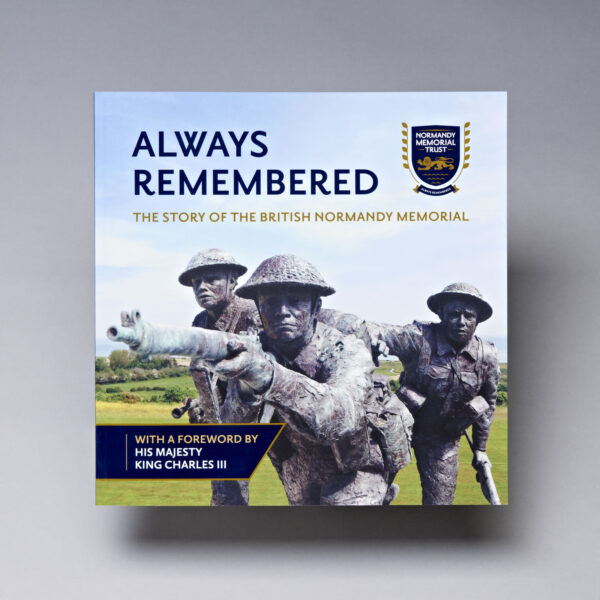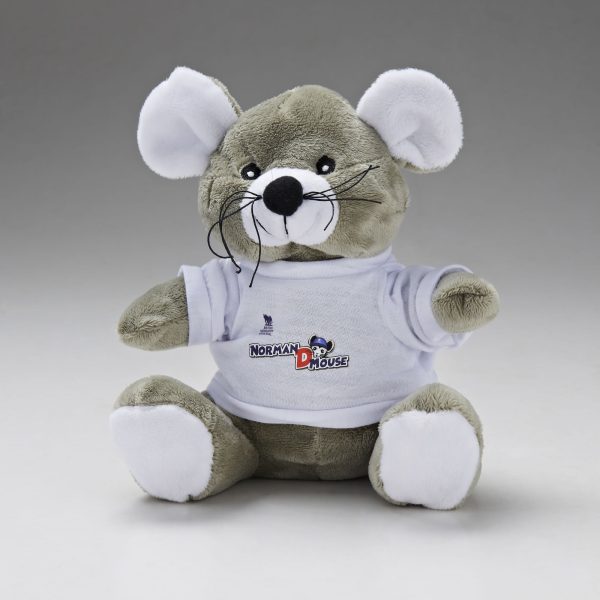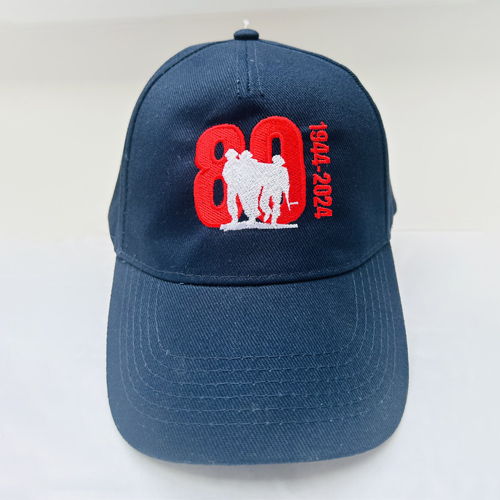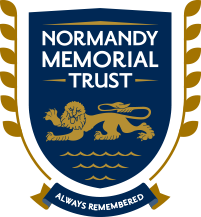
Richard John Frederick Abel
This story is shared by the Trust with kind permission from John Hamblin, Researcher
Richard John Frederick Abel, Captain 140800, B Squadron, 4th/7th Royal Dragoon Guards, Royal Armoured Corps. Killed in action on the 11th of June 1944, aged 33.
Richard John Frederick "Dick" Abel was born at Shortlands in Kent on the 8th of January 1911, the only son of John Harold Abel, a manufacturer of cardboard boxes, and Winifred Annie Abel (née Heath) of "Crofton", Hildenborough, Tonbridge in Kent.
He was educated at St Michael's School, Uckfield from 1919 to December 1924 and at Sherborne School where he was in Lyon House from January 1925 to December 1928. He was a member of the Officer Training Corps. On leaving school he went to work as a Lloyd's insurance broker and lived at the family home in Tonbridge.
Following the outbreak of war, he joined the army and attended the Officer Cadet Training Unit at Sandhurst before being commissioned as a 2nd Lieutenant in the 4th/7 th Royal Dragoon Guards on the 20th of July 1940. He was promoted to Lieutenant on the 20th of January 1942 and to Captain on the 6th of August 1942. By D-Day, the 6th of June 1944, he was second in command of B Squadron.
The 4th/7th Royal Dragoon Guards, as part of 8th Armoured Brigade, operated waterproofed Sherman tanks which landed with the first wave on D-Day at 7.25am on the King Sector of Gold Beach in support of the 50th (Northumberland) Division. They were to arrive on the beach slightly ahead of the infantry in order to attack and neutralise the German fortifications. By the evening B Squadron was fighting for the village of La Bas d'Audrieu which they captured the following morning.
On the afternoon of the 11th of June 1944 B Squadron was ordered to make a reconnaissance in force towards the village of Cristot which was held by the 12th SS Panzer Division (Hitlerjugend). Their nine tanks were to advance on the right of the attack and were supporting troops from the 6th Battalion, Green Howards (Yorkshire Regiment). On the left were the tanks of C Squadron and further back were two batteries of self-propelled guns which were to provide artillery support.
At 3pm they passed through the start line to begin their advance under the cover of fire from the artillery. Forward visibility was poor as the hedgerow country of the Norman bocage made it difficult for the commanders to see where the German fire was coming from and snipers ensured that they could not risk putting their heads out of the open turrets. At 5pm the two companies of Green Howards, who were nearest to B Squadron, came under heavy fire and the tanks soon became separated from the infantry who fell behind. As the tanks reached the Cristot to Les Hauts Vents Road two of their Shermans were knocked out by a concealed anti-tank gun and, although the vanguard of the advance managed to cross the road, the fire became very heavy and the move forward was temporarily halted. The infantry caught up and advanced either side of a sunken lane with B Squadron pushing out into a small orchard in support where two more Shermans were knocked out by a Panther tank which was dug in nearby. The remaining tanks pushed on to a small field to the south of Cristot where the same Panther knocked out three more of their number, including that of Richard Abel.
Lance Corporal Jackie Weir was driving one of the tanks behind Richard Abel and he wrote of what he saw:
"The Squadron Leader's tank was knocked out some thirty yards on our left and he and his crew bailed out. This left our own commander, Captain Abel, in charge of things and in control of the remaining tanks. He gave the order to leave the orchards and to get into the open country to our left. I drove onto open ground in a wide arc, and began to think luck was with us. Suddenly the tank received a heavy blow as if a huge hammer was using it as an anvil. We stopped almost dead and the driving compartment filled with big sparks and flakes of burning paint and metal, some of which showered over us. When I flicked the catch which allowed the hatch cover to rise, nothing happened. I had always been careful to keep the catch well oiled, to ensure the hatch would open. Now, it was obvious the hatch was damaged. This meant that I would have to leave by the hatch of my co-driver - but I saw that he was still in his seat. So I scrambled over the large gear box casing between our seats, and told him to get moving. One member of the crew - our gunner - was already on the ground on our side; the commander and the radio operator were crouched against the Sherman on the other side. At this time, all hell let loose from the enemy positions, with machine guns and mortar fire. They were about two hundred yards away. One mortar bomb landed close to the two chaps on the other side of the tank. We were completely exposed, with no cover, and were being sprayed with earth as bullets from a Spandau raked the ground all around us. We were huddled together; I felt Jack, the co-driver, jerk violently as he was hit in the legs by several bullets. We could not stay where we were and decided to shelter under a tank by crawling in from the rear. We managed to drag Jack with us, I got a great shock when I looked through the gap in the bogey wheels and saw that Captain Abel was dead and Bob (the loader/wireless operator) badly wounded. It seemed they had been hit by mortar fire......"
Jackie Weir was captured a short time later. The attack petered out and a smoke screen was laid to cover the withdrawal of the survivors. The Royal Dragoons had lost eight tanks and thirteen men killed while the Green Howards had lost twenty eight men killed. Both units also suffered a large number of wounded and missing men.
Richard Abel's housemaster, A.H. Trelawny-Ross, wrote in the Lyon House letter in July 1944: “Capt. Richard John Frederick Abel, Royal Dragoon Guards (1925-28), was killed while fighting for a certain village. After leaving school he went to Lloyds until the outbreak of war. I wrote of him just then: "I have a great respect for his capacity." He was in the VIth Form and the House XV, and he will be remembered for his delightfully unassuming modesty among other good qualities." His Commanding Officer writes of him: "He was one of the pillars of this regiment, being both popular and exceedingly capable. He would shortly have commanded a Squadron."
His date of death is given as the 19th of June by the Commonwealth War Graves Commission but his former comrades have applied for this to be changed to the 11th which is the day he was killed at Cristot.
He is commemorated on the war memorial at Hildenborough and on the memorials at St Michael’s School, Tawstock and at Sherborne School. He is also commemorated on the memorial at Lloyd’s of London. He is buried at the Bayeux War Cemetery Plot XIV Row F Grave 2.
FALLEN HEROES
RICHARD JOHN FREDERICK ABEL
Army • CAPTAIN
Royal Armoured Corps
4th/7th Royal Dragoon GuardsDIED | 19 June 1944
AGE | 33
SERVICE NO. | 140800
FALLEN HEROES
RICHARD JOHN FREDERICK ABEL
Army • CAPTAIN
Royal Armoured Corps
4th/7th Royal Dragoon GuardsDIED | 19 June 1944
AGE | 33
SERVICE NO. | 140800







